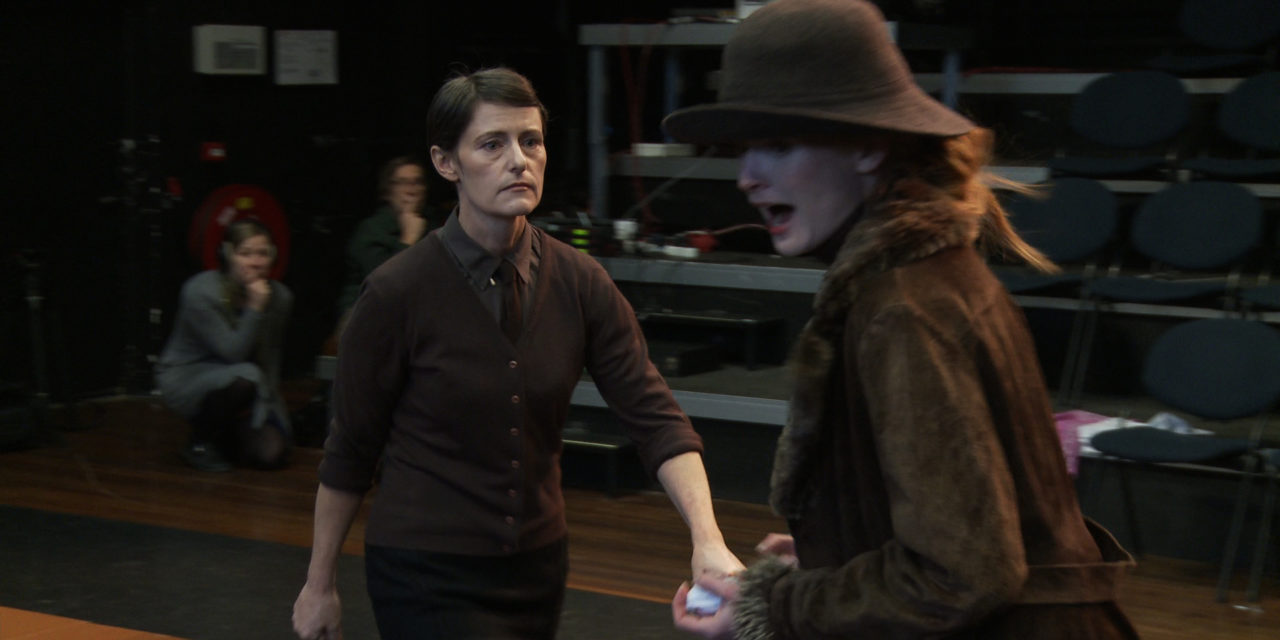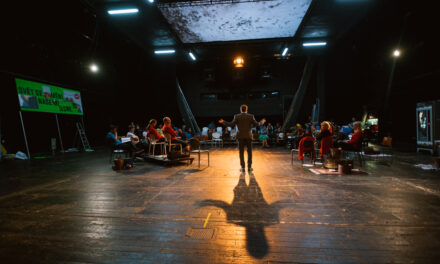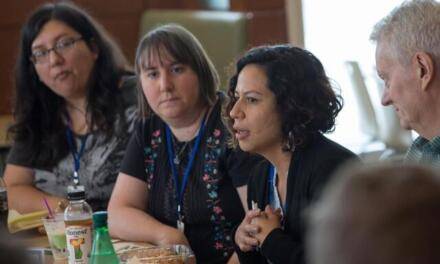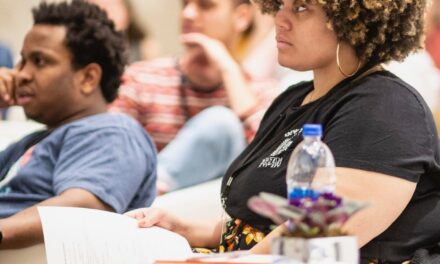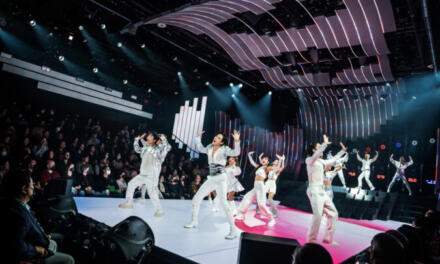Amsterdam’s Stedelijk Museum asserted itself as the watering hole for a universal collective of people congregating on the subject of cultural translation within a dramaturgical framework, which alone begins as an intriguing idea, given that the collective arrived out of the rain from many corners of the globe. The programmers, “Working Group Dramaturgy” (an annual collective of participants who organize such events), integrated theorists, scholars, practitioners, and students on the weekend of October 5th – 7th to collectively focus on the concepts and ideas that go hand-in-hand with that troublesome term; dramaturgy.
Whereas we may consider this article a review (which, within reason, it does reflect on the conversations that occurred within that timeframe) I would contest that this documents the guiding questions that were left to the open once the participants disbanded at the end of the weekend, a question that might be well-argued as; how do we now begin to incorporate cultural translation in our dramaturgical thinking at this cross-cultural juncture?
In order to contextualize the unified thinking of this symposium, participants were asked to consider a series of questions which might constitute as a point of departure for the conclusions wished to be reached:
- What is dramaturgy’s role in the poetic labor of transition in diverse cultural contexts?
- How might conceptions of cultural translation re-introduce a critique of (neo)-colonialism into the discourses of globalization?
- How is untranslatability dealt with dramaturgically?
- How do we teach and practice dramaturgy in a cross-cultural, transnational environment?
Questions are the bedrock of the University of Amsterdam’s master’s course of “International Dramaturgy.” Its students (myself being one of them) lead a contextual journey for the various events that unfolded throughout the symposium. Through a series of carefully programmed events, the theoretical umbrella’s were held high as participants followed through the key ideas raised when considering the translation of culture in various dramaturgical frameworks. The first stepping stone at the Stedlijk’s exhibition I Am A Native Foreigner took a closer look at how the effects of non-Dutch artists have incorporated their work on a Dutch artistic sphere. Some exhibits were isolated within the discussion and became the springboard to how one may link the concept of dramaturgical thinking within the occupation of a curator, but whereas each other event of the symposium was sufficiently represented, the curator could not answer on behalf of this exhibition.
As the days continued, participates were then introduced to many theorists and practitioners considered to incorporating these guiding questions into their work. Dutch performance artist Nicoline Van Harskamp has gained momentum in the topic through her project Englishes from 2013-2016 (participants viewed excerpts from her work on English Forecast at the “Tate Modern” [2013] as well as a work-in-progress performance of Some Name Some Noun Simple at Amsterdam’s “Veem House”). An introduction to a new publication on the actions of dramaturgy within performance was presented by its editors and authors; The Practice Of Dramaturgy‘ (Edited by Konstantina Georgelou, Efrosini Protopapa and Dane Theodoridou) and a lecture composited of Dramaturgies Of The Self: Language, Authorship, And Migration‘ (presented by Yana Meerzon of the University of Ottawa and Katharina Pewny of the University of Ghent).
Whereas the first day merged concepts of dramaturgy and curation, the second focused on the translatability and untranslatability of language. Where do we see the power-shifts within language from the native speaker to the foreigner (particularly in the case of the English language)? How will this evolve what we recognize the English language to be now? These questions doused a little deeper than the foundational idea that cultural translation simply incorporates “acceptance,” but indeed, progression.
The climactic part of the journey embedded itself in the definition of that dangerous word – “dramaturgy.” Where do we even begin to, in Derridian terms, set a law for the term under glass? One participant contested that the practice itself embodies an entirely different meaning outside of Europe. In fact, the role of the dramaturg hasn’t seemed to have evolved in many cultural practices. If we begin to separate the ideas of ‘dramaturgy’ and the ‘dramaturg’ to begin with then we may collectively fall onto the same ground. Perhaps the very idea that the symposium landed on European soil pollutes our questions in how to defer from this notion of dramaturgy. Can we negotiate its meaning in isolation before we begin to tackle the concepts that bury itself within it? Are we grappling with ourselves by executing our common practice by the consistent questioning over terminology? Can we question anymore within our questions (bearing in mind the irony that this is, indeed, a question)?
When Hungarian dramaturg Edit Kaldor and theorist Bart Phillipson (of the University of Leuven) took to the floor on the final day, then the ideas became converted into the potential dramaturgy can initiate within the practice. But reflections have justified that such questions on the ideas of cultural translation within a dramaturgical framework only work when the conversations make that step from dialogue to conversation and then swiftly into action. Whereas this was billed as a workshop, a more formalist approach in the scope of a traditional symposium was laid. Active participation from the outset might have evoked an entirely different language in the discourses that pocketed the program of the symposium. Nevertheless, those conversations have been ignited.
The question as always, is when will these ideas set free through the doors of the echo-chambers and transmit themselves into actions? The answer? I don’t have one. But as we learn time and time again, maybe that’s why the search continues – to re-ignite the excitement of this cultural phenomenon.
This post was written by the author in their personal capacity.The opinions expressed in this article are the author’s own and do not reflect the view of The Theatre Times, their staff or collaborators.
This post was written by Christopher Harris.
The views expressed here belong to the author and do not necessarily reflect our views and opinions.

